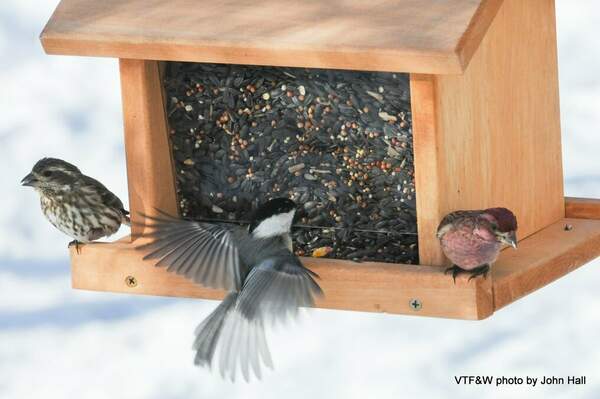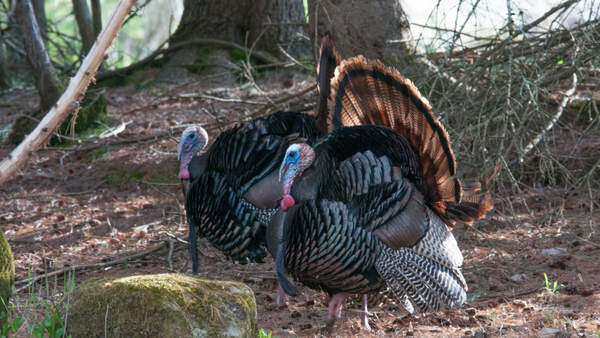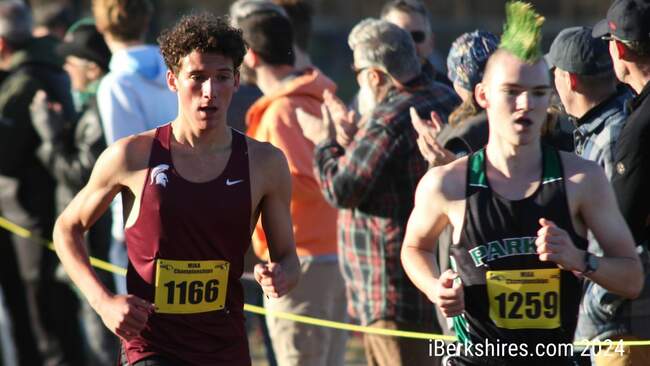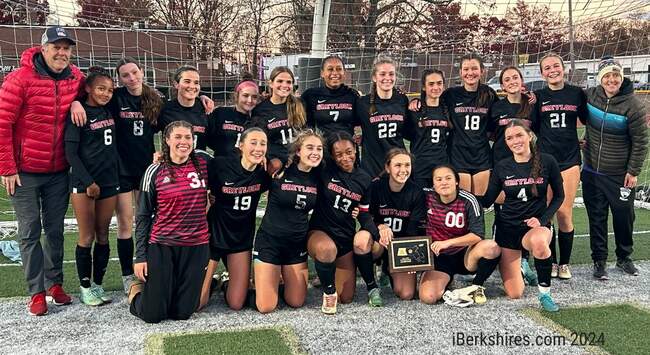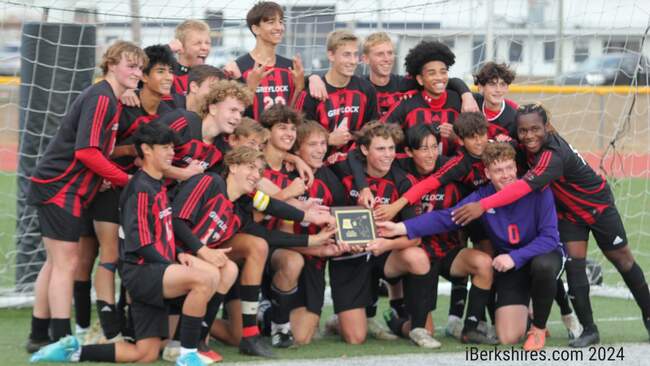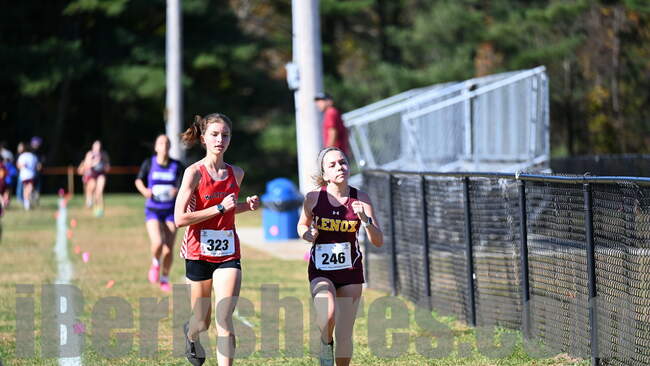
SVMC Expands Visiting Hours
- One visitor is allowed per day to adult inpatients, including those using the Emergency Department, East and West Wings, and the ICU.
- Adult outpatients—including all patients visiting practices in the Medical Office Building, the Operating Room, Endoscopy, Medical Infusion, Imaging, and Lab—may have one visitor with them. This includes prenatal patients.
- Pediatric patients—both inpatients and outpatients, regardless of area—may have up to two visitors per day.
- Adult patients birthing with Women's and Children's Services may have a birth partner per day.
- Patients at the end of life may have four visitors, who must remain in the patient room at all times.
- The health system recommends minors visit the hospital or practices only to receive care, if possible. All minors visiting inpatient units need prior approval from the clinical team. All minors must be accompanied by an adult.
- Is required to stop at the check-in desk located at entrances in the hospital. All non-staff persons entering an SVMC building will be given a sticker marked with the date and department they are visiting and are asked to keep the sticker visible and remain in the area of service for the entire time they are in the building. The check-in is necessary for the purposes of contact tracing.
- Those entering the Medical Office Building will be screened once they reach the practice they are visiting.
- Visitors with symptoms of any kind are not permitted.
- Everyone is expected to sanitize their hands upon entry and exit from the building, units, and patient rooms.
- Both inpatients and outpatients who would benefit from additional support during a visit or stay should request the use of technology to bring important family and friends virtually into exam and hospital rooms.
Tags: COVID-19, svhc, SVMC,
More Coronavirus Updates










